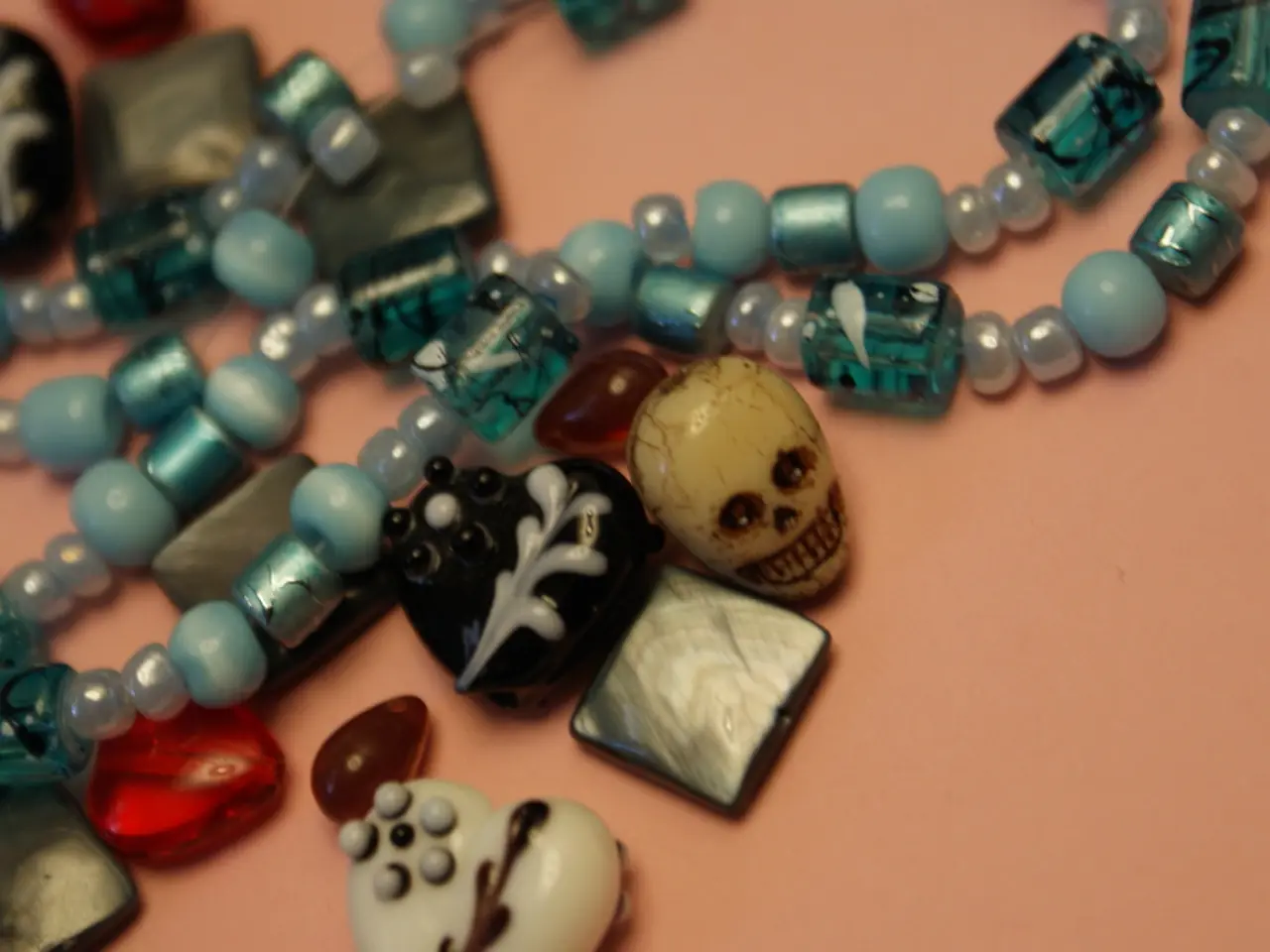Future of High-Tech Sustainable Elegance: A Look at Lab-Created Diamonds (2024 Guide)
In the world of jewellery, lab-created diamonds are making a significant impact, capturing a growing share of the global market and offering an affordable, ethical, and environmentally friendly alternative to natural diamonds.
According to recent reports, the lab-grown diamond industry reached an impressive $12 billion in 2022, accounting for 10% of the global diamond jewellery market. This figure is expected to grow at an annual rate of 22% through 2027, reflecting a robust and promising future for this sector.
The production of these hi-tech diamonds involves cutting-edge processes such as Chemical Vapor Deposition (CVD) and High-Pressure High-Temperature (HPHT) technology. Investments in automated production facilities and enhanced certification standards implementation are also on the rise, ensuring the quality and authenticity of these diamonds.
The market for lab-grown diamonds is expected to expand significantly over the coming years. Allied Market Research projects a Compound Annual Growth Rate (CAGR) of 9.6% from 2023 to 2032, reaching approximately $59.2 billion by 2032. NextMSC estimates a slightly lower CAGR of 8.8% from 2024 to 2030, forecasting the market to reach around $34.06 billion by 2030.
The increasing demand for lab-grown diamonds is driven by several factors. Consumers are seeking more affordable options, and the environmental footprint of lab-grown diamonds is significantly smaller than that of mined diamonds, with lab-grown diamonds generating 85% fewer carbon emissions.
The North American market holds a 45% share of the hi-tech diamond market, while Asia Pacific accounts for 30%. Europe takes up 20%, and the Rest of the World accounts for 5%. Major jewelry retailers are integrating lab-grown collections into their offerings, and the jewellery sector is using hi-tech diamonds for premium cuts like round brilliant, oval, princess, and other shapes in engagement rings, wedding bands, tennis bracelets, drop earrings, and pendant necklaces.
In addition to their use in the jewellery industry, hi-tech diamonds are also finding their way into various applications across multiple industries. They are used in manufacturing precision components, grinding wheels for metalworking operations, heat sinks in electronic devices, optical windows for high-power laser systems, semiconductor substrates in electronic components, and advanced medical imaging devices.
Digital tracking systems for supply chain transparency are also being developed in the hi-tech diamond industry, further enhancing the appeal of these diamonds for consumers seeking ethical and sustainable options.
In summary, the lab-grown diamond industry is poised for robust growth, driven by technological advances, price competitiveness, and shifting consumer preferences towards sustainable luxury. With their affordability, environmental friendliness, and indistinguishable quality from natural diamonds, lab-grown diamonds are set to become an increasingly popular choice for consumers around the world.
| Metric | Value/Projection | Source | |---------------------------------|--------------------------------|-----------------| | Market Size (2022) | $12 billion | - | | Market Size (2030) (Allied Mkt Res) | $59.2 billion | [1] | | Market Size (2030) (NextMSC) | $34.06 billion | [2] | | CAGR (2023-2032) (Allied Mkt Res) | 9.6% | [1] | | CAGR (2024-2030) (NextMSC) | 8.8% | [2] | | Market Share of Global Diamond Market (2025 forecast) | >21% | [3] | | Supply Volume (2023) | 16 million carats | [4] | | Supply Volume (2025 forecast) | >25 million carats | [4] |
[1] Allied Market Research (2022). Lab-Grown Diamond Market Report. [2] NextMSC (2022). Lab-Grown Diamond Market Outlook. [3] Statista (2023). Global Diamond Jewellery Market Share of Lab-Grown Diamonds. [4] International Gem Society (2023). Lab-Grown Diamond Supply and Production.
- The technological advancements in the manufacturing of lab-created diamonds are not limited to the jewellery industry, as they also find application in various sectors such as hi-tech, finance, science, and lifestyle.
- The rise in investments in the lab-grown diamond industry is not only driven by its contribution to the jewellery sector's growth but also by the potential for higher efficiency and cost reduction in industries like technology and manufacturing.
- The shift towards lab-grown diamonds, with their affordable prices and lower environmental impact, is likely to influence the lifestyle choices of consumers seeking ethically and environmentally friendly products, not just in the jewellery industry but also in other sectors.
- As the demand for lab-grown diamonds continues to grow, technology is expected to play a crucial role in enhancing the quality, authenticity, and eco-friendliness of these hi-tech diamonds, making them a sustainable long-term investment in finance and science sectors.




